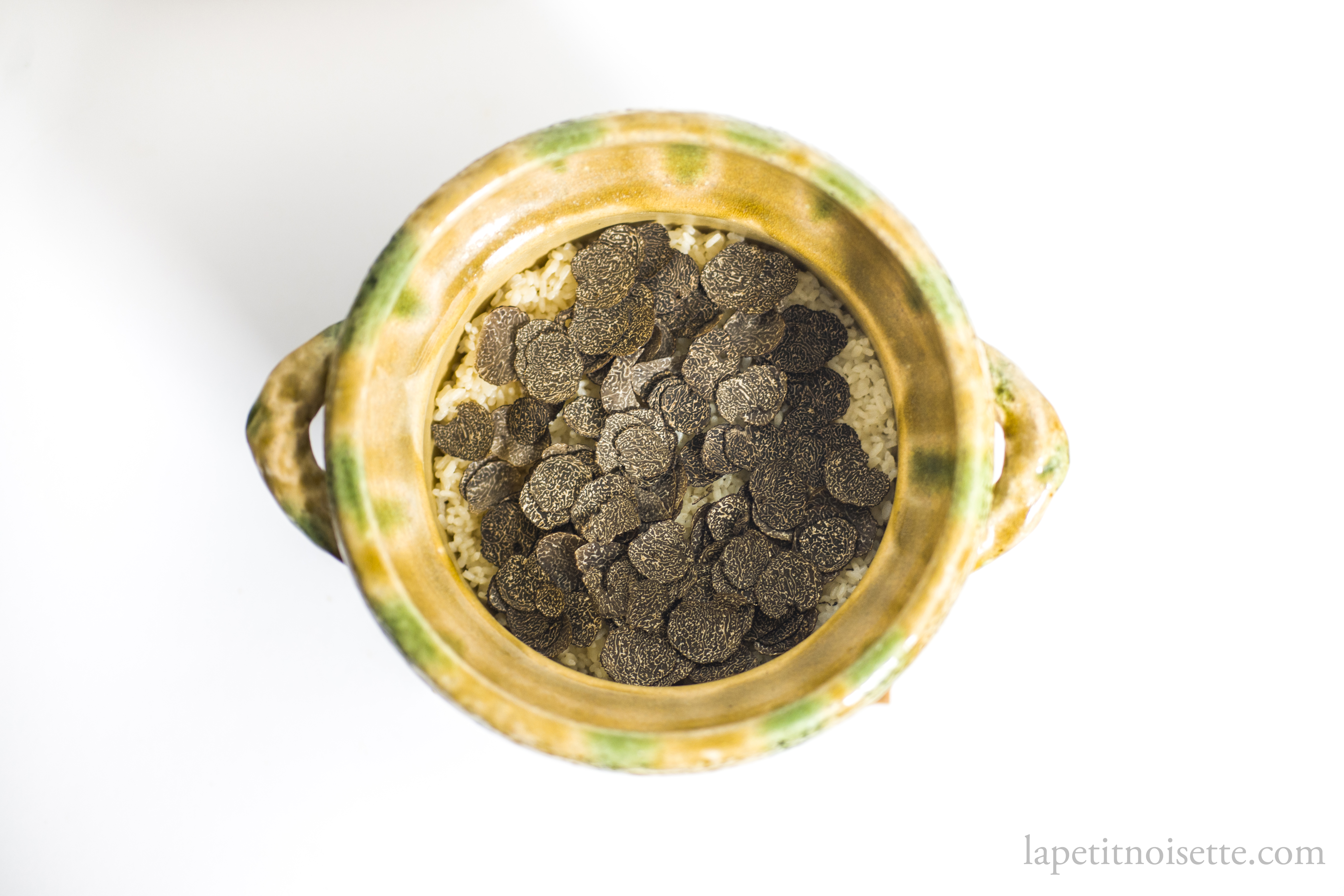
Truffles, with their association with hedonism and luxury, have always played a role in fine dining’s greatest dishes, from Paul Bocuse’s famous Soupe aux Truffes V.G.E. that he created for the Élysée Palace when he was awarded the Legion of Honor by President Valéry Giscard d’Estaing in 1975, to San Domenico Egg Ravioli in Emilia Romagna.
Even now, it’s hard to find a fine dining restaurant that doesn’t serve a dish with truffles on it’s menu during truffle season. Before the development of efficient transport systems however, given that they grow only in the most ideal set of conditions and are highly perishable in nature, they have almost never been incorporated into traditional dishes in countries that don’t produce them, particularly in Asia.
Even in Japan, whilst you might find truffles in French restaurants or even sometimes buy them in the high-end departmental stores in Tokyo, you’d rarely find them in traditional japanese cuisine establishments. If we were to look at the classical pairings that go well with truffles, they usually are somewhat plain canvases on which the pungent intoxicating aroma of truffles can shine on. From mashed potatoes to eggs and parmesan risotto, most traditional pairings for truffles have a starchy and rich base that itself is not extremely flavourful. But when it comes to the king of starchy food that pairs well with other dishes, particularly in asian countries, nothing is more ubiquitous than well cooked plain white rice.
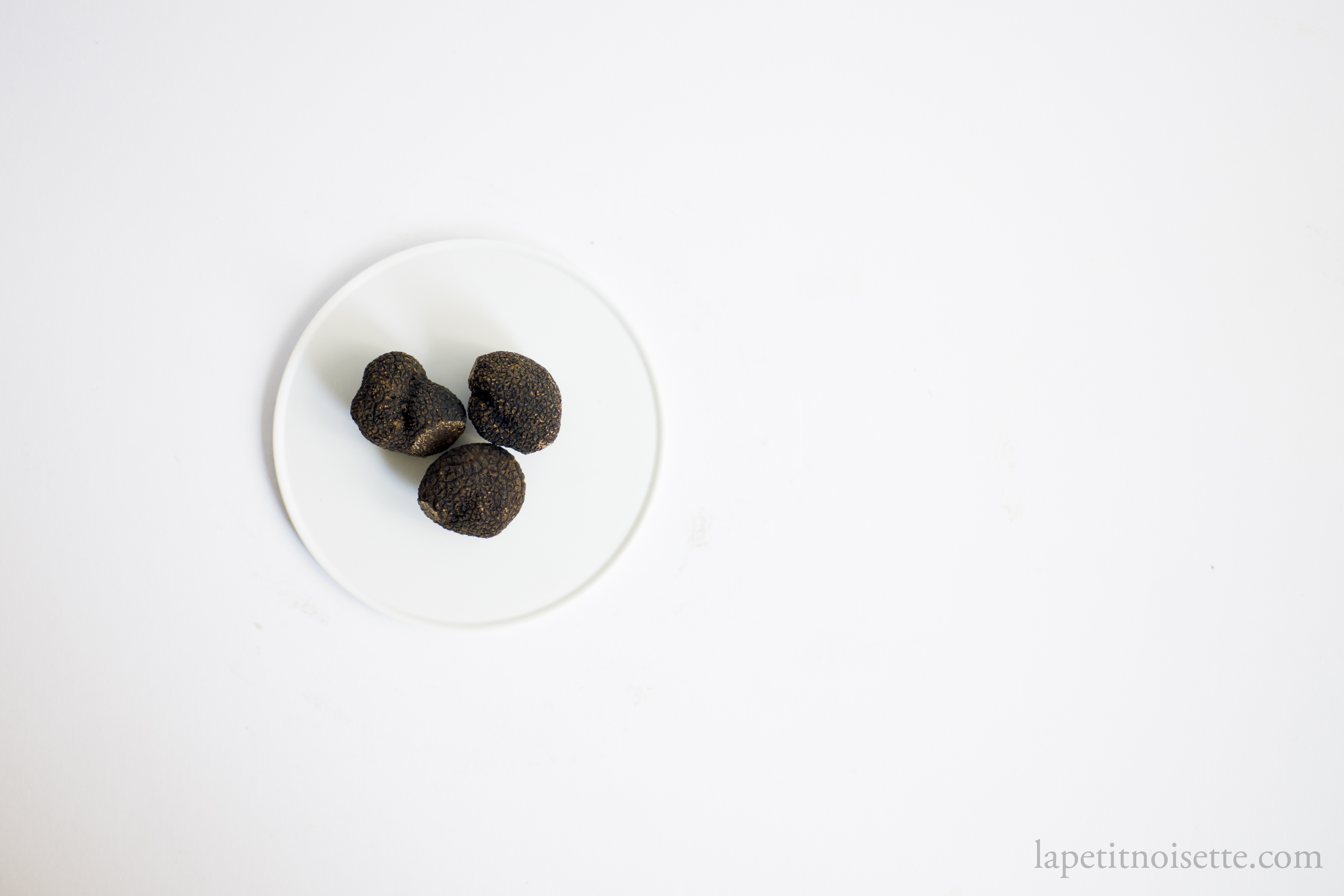
Rice dishes cooked in claypots are a common feature on this site as they are one of the common dishes served towards the end of most omakase meals in Japan today as they display the chef’s skill and refinement of the most basic task- cooking rice. In my humble opinion, the most perfectly cooked bowl of rice is one of the hardest dishes to pull off and if done well, needs no other accompaniments. Compared to other dishes that contain 10 to 20 ingredients, plain rice only contains rice and water and thus there is nothing to hide behind. This is where Toshiya Kadowaki (麻布かどわき) comes in, who as of writing is the owner and chef of the three michelin starred restaurant Azabu Kadowaki.
Toshiya Kadowaki, born in Hokkaido, opened his restaurant at age 40 and is the inventor of the now famous dish, truffle claypot rice. Whilst the plainness of white rice serves as a perfect background for the rich aroma of truffles, it does not contain the richness that you’d typically expect from an ingredient that pairs well with truffles. Just think of the amount of butter added to black truffle mashed potatoes or the rich creaminess of white truffles shaved on scrambled eggs. This is where Toshiya Kadowaki’s genius comes into play, as he enriches his rice not only with dashi but also a small amount of sake, which helps to mellow out any harshness or fishy notes from the katsuobushi. The sugar from the sake also helps the rice caramelise at the bottom of the pot, giving you a beautiful brown Okoge (おこげ) at the bottom that provides textural contrast. The rice is then served with a side of traditional pickles and clam soup.
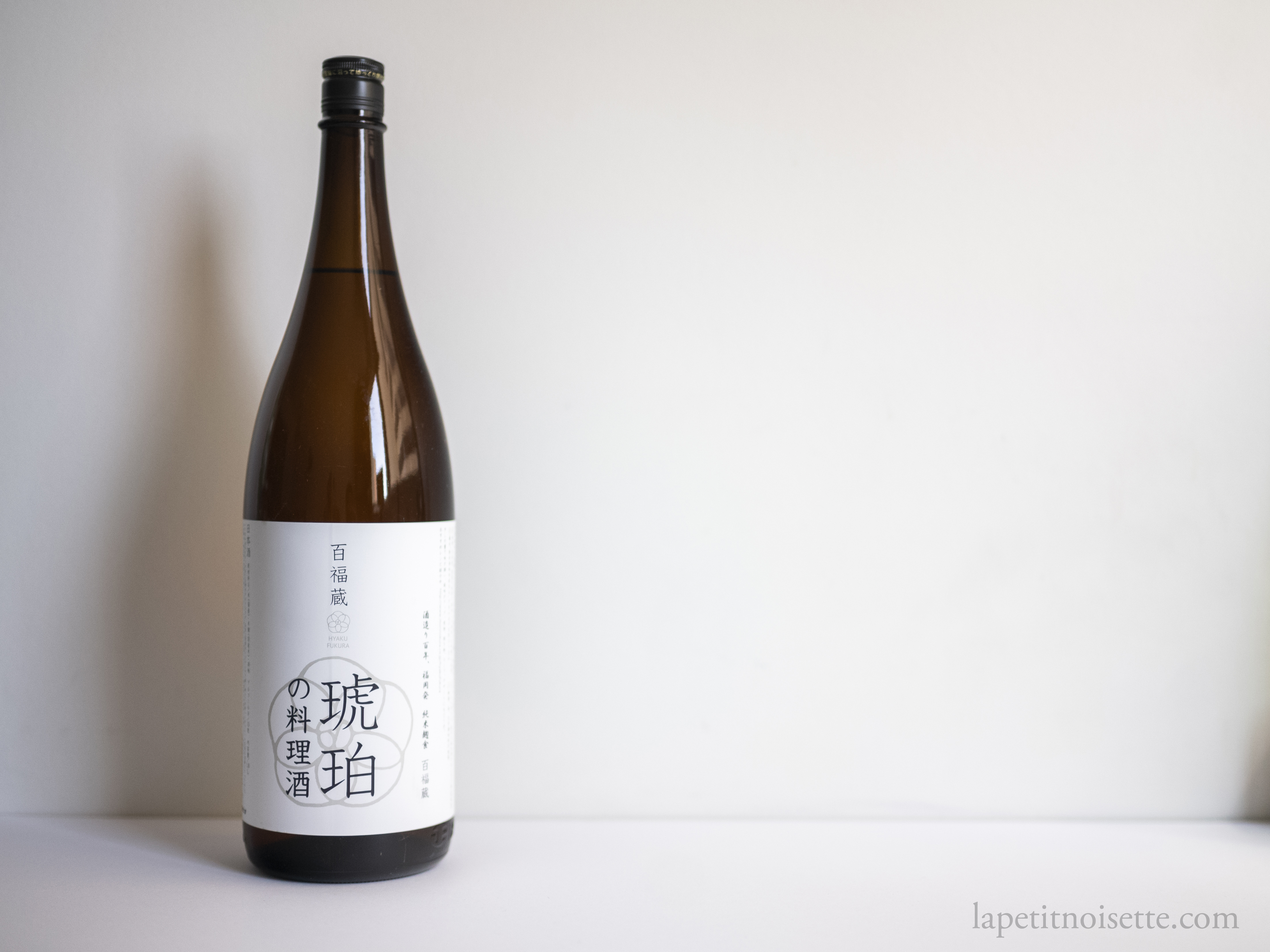
Another reason why I’m such a big fan of his restaurant is that he only cooks his rice dishes in a claypot made by Nakagawa Ippento, but has a custom made charcoal grill and portable stove case made by him as well. The same clay and glaze that is used to make his famous claypots can also be used to make other items which you can sometimes buy if you catch him at an exhibition event in Japan.
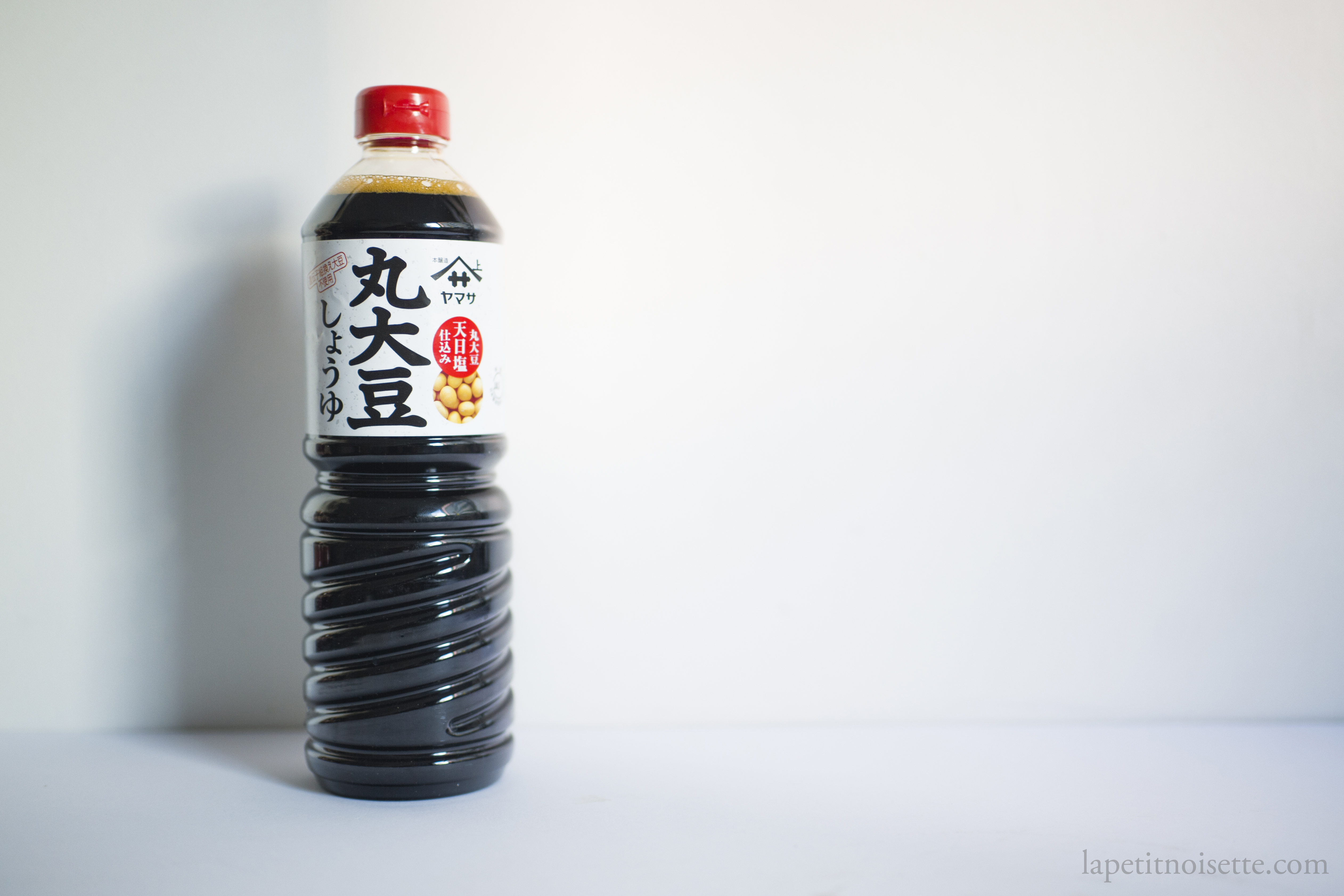
An interesting observation of this rice dish is that there is an unevenness in the colouration of the rice, with patches of white in some places and patches of dark brown in some places indicating the addition of soy sauce. Judging from information on in internet, he seems to be an ambassador of the Yamasa brand of soy sauce (ヤマサ) which will be the soy sauce we’ll be using in this recipe to maintain accuracy. Of course I do not possess his recipe but I can only create an approximation based on my personal experience. My guess is that he adds soy sauce to the rice just before cooking but does not stir in the soy sauce, as adding the soy sauce after the rice is cooked does not give you the same kind of colouration.
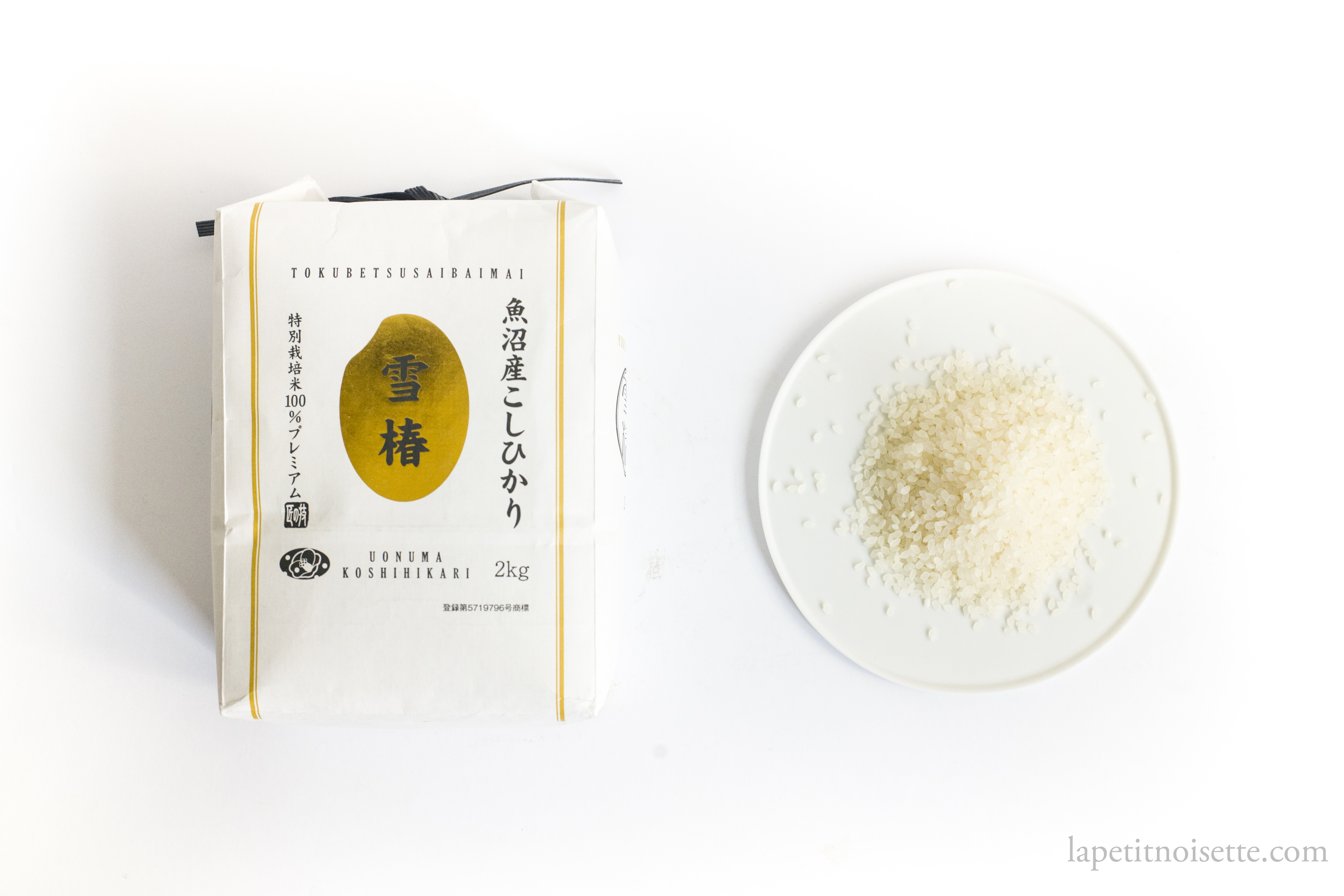
Lastly, for accuracy’s sake and to justify the use of expensive truffles in this dish, we sourced the rice that he uses in his restaurant for this dish, which is a brand of koshihikari rice (コシヒカリ/越光) called Yukitsubaki (雪椿米). This rice comes from the city of Uonuma (魚沼市) in Niigata Prefecture (新潟県). And if Niigata wasn’t already famous enough for it’s rice, the growers of Yukitsubaki claim that their rice makes up only 0.0007% of Japan’s rice production.
They also claim that the deliciousness of the rice is due to the mineral rich spring mountain water resulting from the melting snow that accumulated on the mountain tops over the winter which is known as Ryugakubo water (龍ヶ窪). The rice itself has won numerous awards. As usual, we try to disregard all the marketing information and statistics provided by the company, and go with the taste of the rice itself, and can confirm that the rice is extremely delicious, but in it’s own way. Compared to the rice we used at the restaurant I worked in previously that is famed for its large grain size and more substantial texture, the grains of Yukitsubaki rice are maybe half the size and make for a sweeter and softer rice that is delicate and refined. Because of this, I opted for using white soy sauce to complement the taste of the rice instead of using 100% light soy sauce.
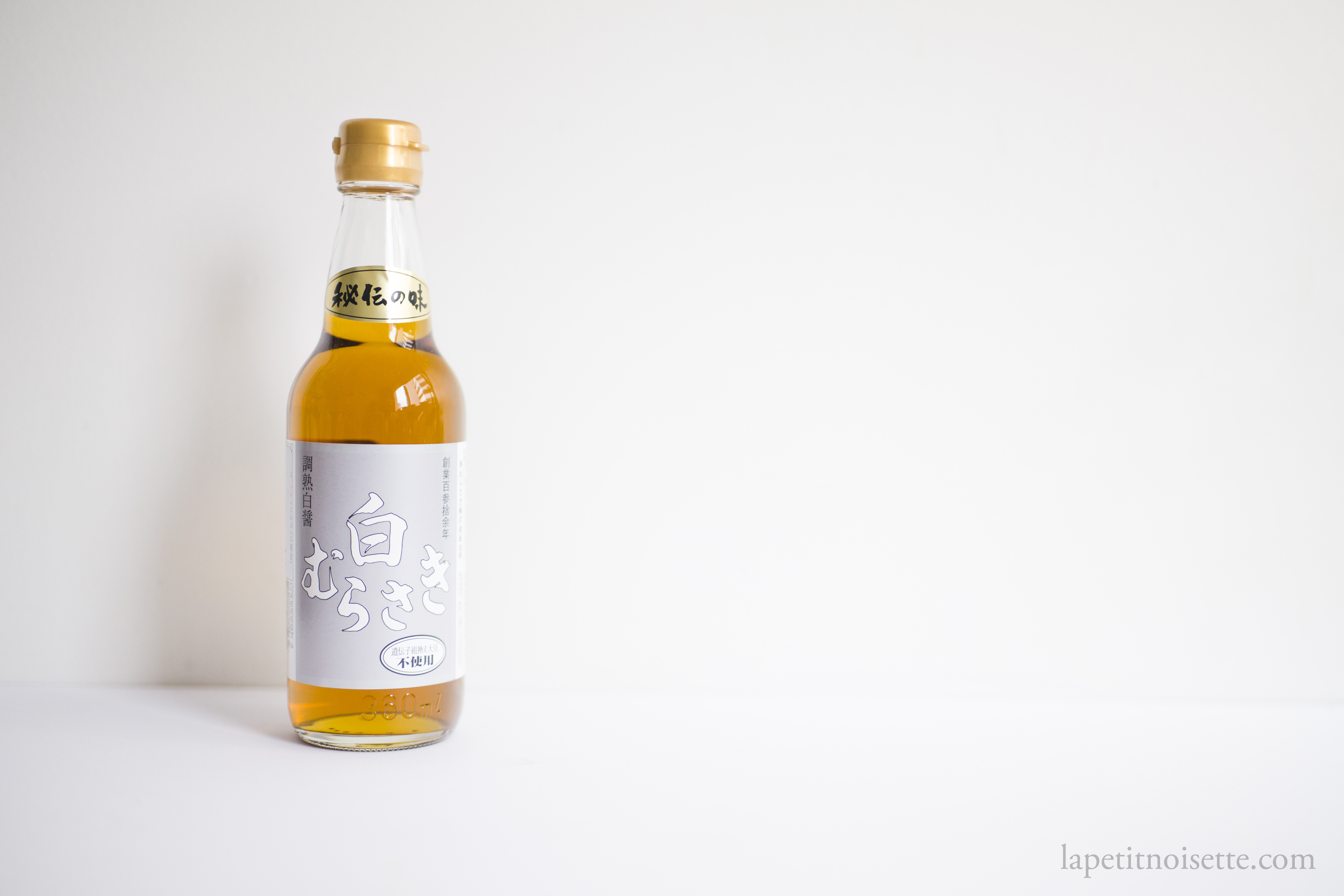
Donabe Truffle Rice Recipe (トリュフご飯)
- 540g of rice
- 540g of dashi
- 30ml of cooking sake
- 10ml of usukuchi (light) soy sauce
- 20ml of white soy sauce (白醤油)
- 50g of truffles
- Rinse the rice 3 to 4 times until the water runs clear to remove the excess start and drain well.
- Place the rice in your donabe rice cooker, add the water and sake before mixing together.
- Close the lid and let it soak for 30 minutes.
- Add in the soy sauce before turning on the heat. Do not stir in the soy sauce.
- If using a Nagatanien donabe or any other donabe, cook on medium heat for 15 to 20 minutes until steam starts coming out from the hole on top of the donabe. Once steam is coming out from the donabe, continue cooking for 2 minutes before switching off the flame and allowing it to rest for 20 minutes.
- If using a donabe rice cooker by Nagakawa Ippento or Nakagawa Isshiro as per the restaurant. Cook the rice on high heat until the water is boiling (around 10 minutes). The water is boiling when steam can be seen escaping from the lid of the pot. It is natural for water to start bubbling from the sides of the lid of the pot. Once boiling, turn down the heat to low and cook for 10 minutes, before allowing the rice to rest for 10 more minutes with the lid on. The residual heat of the pot will be enough to finish cooking the rice. Due to the thickness of the clay as well as the full glaze, high heat can be applied to the pot immediately without it cracking.
- If your donabe rice cooker’s instructions are different from that here, follow the instructions that came with your rice cooker.
- When serving, open the lid and shave on the truffles whilst the rice is still steaming hot.
- Mix the rice and truffles together and make sure to mix in the scorched rice at the bottom of the pot.
Notes: I rarely specify the use of dark or light soy sauce in my recipe but for the purpose of this one, a mixture of white and light usukuchi soy sauce is more appropriate as the higher salt content helps season the rice whilst also not over colouring the rice. You can make this dish with any short grain sushi rice of course, and the use of Yukitsubaki rice was merely to try to stick to Kadowaki’s dish as closely as possible.
Is the same amount of truffle recommended for white truffles ?
Yes it is!